Preserving open spaces to save nature
Land ethics on a Dover farm
4540 West Canal Road, Dover
The situation
This is a story about a green, well-watered place – York County – that grew from agrarian roots and gained international fame for its industrial prowess. And it’s a county that hasn’t lost sight of those beginnings even amid ongoing development.
But more to the point, this is a story about a resident who has lived and worked in York County’s natural and built environment. Dean Smith enjoyed this county’s natural abundance, endured a terrible and deadly industrial accident and has moved back to the farm to work the soil and recover from the trauma.
York County, indeed, started as an agricultural community. The original settlers relied on some trade, but they largely turned to the land to supply their building supplies, crops, animal products, and even medicine. Since then, many York Countians have abandoned their homesteading roots for the suburbs or the city.
Using Census data of persons per square mile, we know that the shift from rural to urban occurred sometime between 1960 to 1970. Over the past 50+ years, the percentage of York Countians who live in an urban setting has only increased. Keeping in mind the shift from rural to urban for the rest of America took place in 1920, York County has proved its tenacity for agriculture.
Even though the majority of York County land is no longer in agriculture, farmers are still producing. When looking at the market value of York County’s agricultural products, we rank 6th in the state, according to the United States Department of Agriculture.
However, the majority of these farms are what we call “monoculture.” That means one crop is grown such as corn or soybeans. This leads to the decline of biodiversity which is not good for the ecosystem. The industrialization of agriculture took place following World War II when many exchanged the farm for the suburbs.
Written after the war, A Sand County Almanac by Aldo Leopold urges Americans to both protect and venture into the wilderness where we are free from want and free from fear. “The gadgets of industry bring us more comforts than the pigeons did, but do they add as much to the glory of the spring?” Leopold asks. At the time, the relationship between people and the land was defined in terms of economies. People viewed the land as simply what we can get out of it.
Leopold called for higher standards of land ethics. Not just people, but the animals, soil, water, and air needed protected. Preserving means life for the critters and the plants, in addition to us. Many, including Dean Smith, are preserving their York County land to ensure parts of nature will never be developed.
The witness
On the night of Feb. 2, 1998, Smith survived the explosion at York International. Describing the event down to the minute, he remembers every detail. He’s haunted by memories. A friend of his was killed by the explosion. “I walked in with him that night,” Smith says. Fifteen minutes later, he was there when his friend died.
Crawling on the ground, Smith looked for his toolbox so he could find a flashlight. “[We] couldn’t even see to get out of the building,” Smith says. Fortunately, Smith and his coworkers eventually find an exit, but some are left in the danger zone that was smoking with fire and chemical fumes. With electric sparks flying through the air, “Hollywood couldn’t have built a better scene,” Smith says.
In 2002, Dean and Vicki Smith bought 95 acres in Dover Township. The land has helped him recover from the explosion’s toll on his mental health. Seeing the depletion of biodiversity, they cultivated a riparian buffer – a vegetated stream that nurtures wildlife habitat for insects, birds, and animals. The Smiths recently preserved their farm with the Farm and Natural Lands Trust of York County.
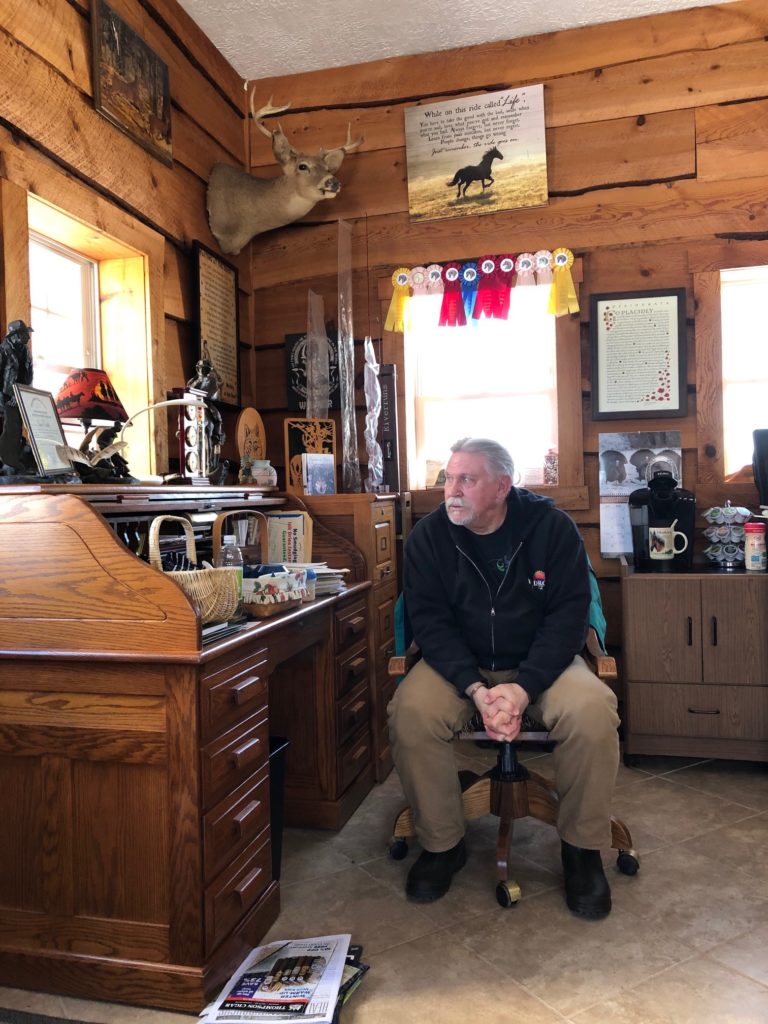
Preserving doesn’t mean an owner can’t alter, manage, or use their natural resources. “In short, a land ethic changes the role of Homo sapiens,” Leopold wrote, “from conqueror of the land-community to plain member and citizen of it. It implies respect for his fellow-members, and also respect for the community as such.” As one of America’s first conservationists, Leopold served as a protector of all things natural. I can’t help but see similarities with the Smiths. The flora and fauna on the Smith’s land have a biotic right, regardless of their economic advantage to us.
Wendell Berry, an author and farmer, wrote that a healthy farm is one where people find a balance. A place where people want to actually walk their grounds, touring their land out of pleasure and interest – not out of necessity. Smith and his wife often walk around their farm, witnessing the regrowth of Mother Nature on their farm. “I view life this way,” he says. “Conservation is a lock. Like a padlock. If you want to open that lock, you have to have the right key, and that is conservation management.”
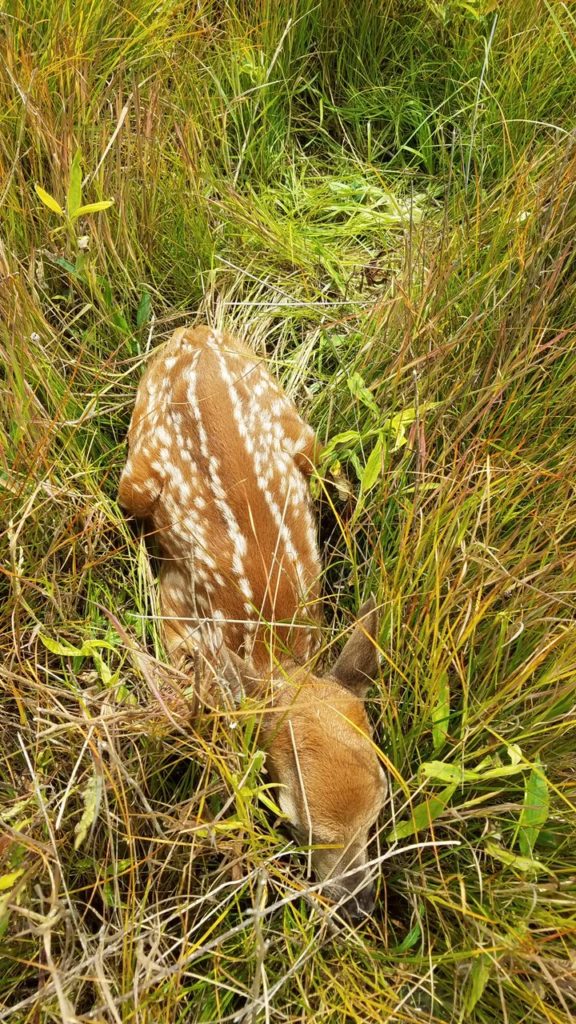
Dean and Vicki met while at Spring Grove Area School District where they went to high school. They’ve been married ever since graduation. “We’re like the two sides of the same coin,” Smith says. Together, they’ve overcoming a lot or hardship while also building their beautiful farm. Preserving their farm “wasn’t so much the money factor,” they both say. Rather, their motivation lies in future generations. “This is my legacy,” they say.
Even though the land in York County is well over half developed, there are some pockets that will remain wild and free. The Farms and Natural Lands Trust works to preserve these environmental landscapes so future generations can witness the beauty of nature.
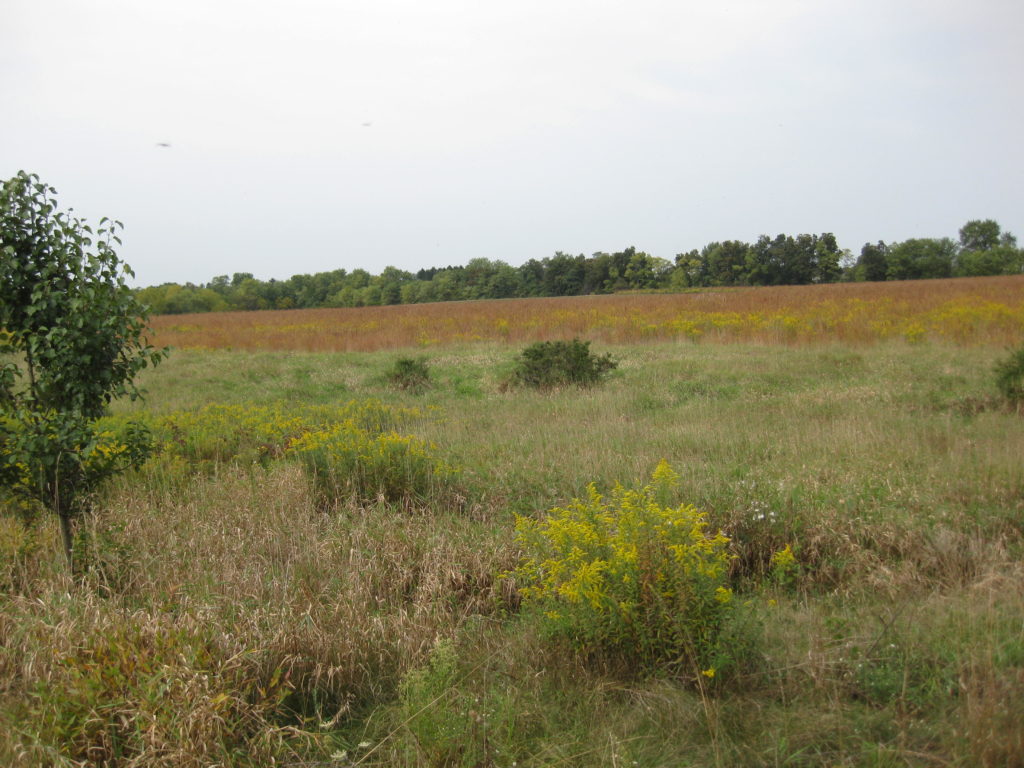
The questions
How important is land preservation? Keeping in mind that people need homes, businesses, and roads, how do we balance preservation with development?
Related links: Jamie Kinsley’s dissertation called “The Garden in the Machine,” Jim McClure’s “Never to be Forgotten,” and Aldo Leopold’s “A Sand County Almanac.” Farm and Natural Lands Trust photo, top and bottom. Jamie Kinsley and Dean Smith Photo, middle.
Parts of this article appear in the Farms and Natural Land Trust’s newsletter in which Jamie Kinsley currently serves on the board.
— By JAMIE KINSLEY and JIM McCLURE

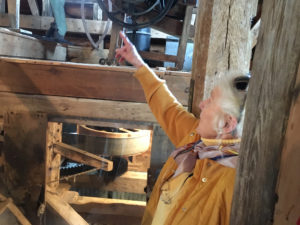
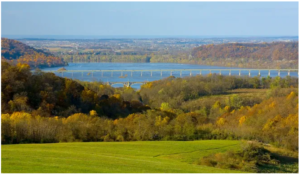
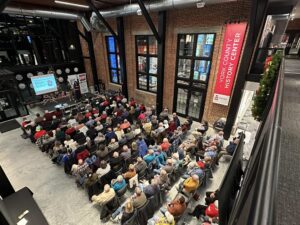
Pingback: Therapy in Nature: This Dover couple turns to land preservation to heal - Wandering in York County
Pingback: Hometown History - Explore people, places and issues - Witnessing York